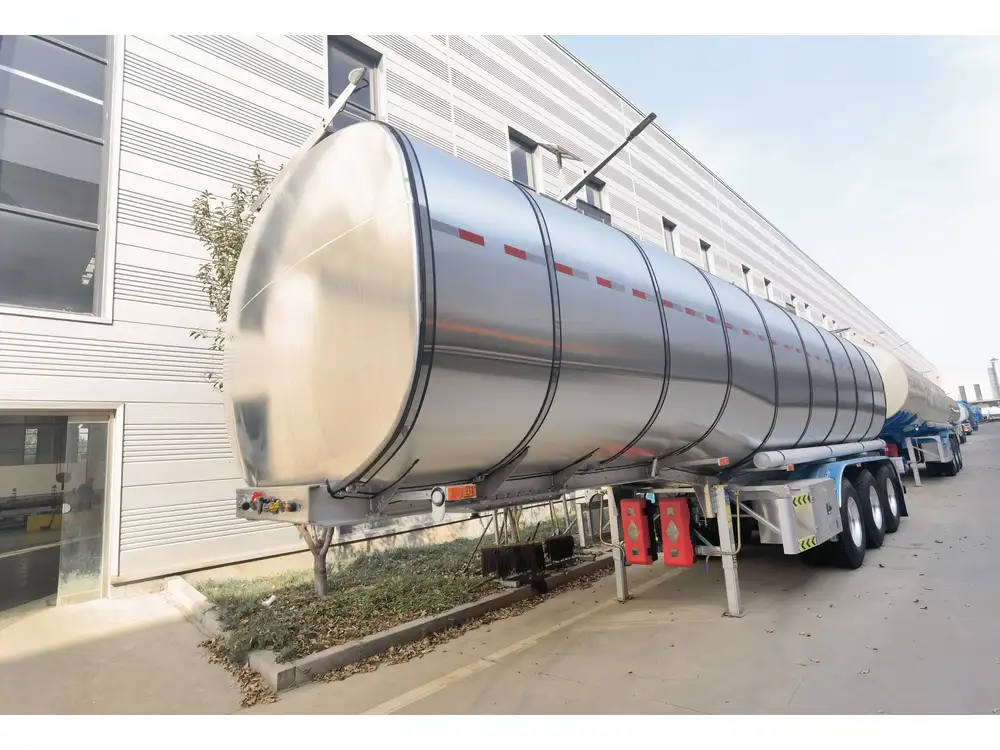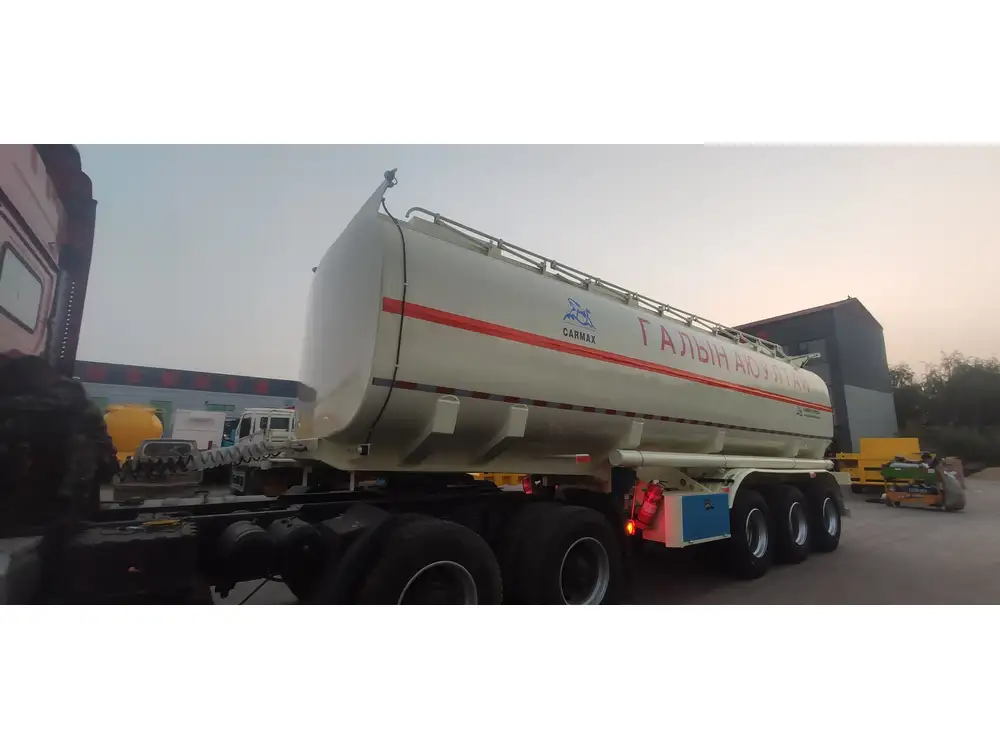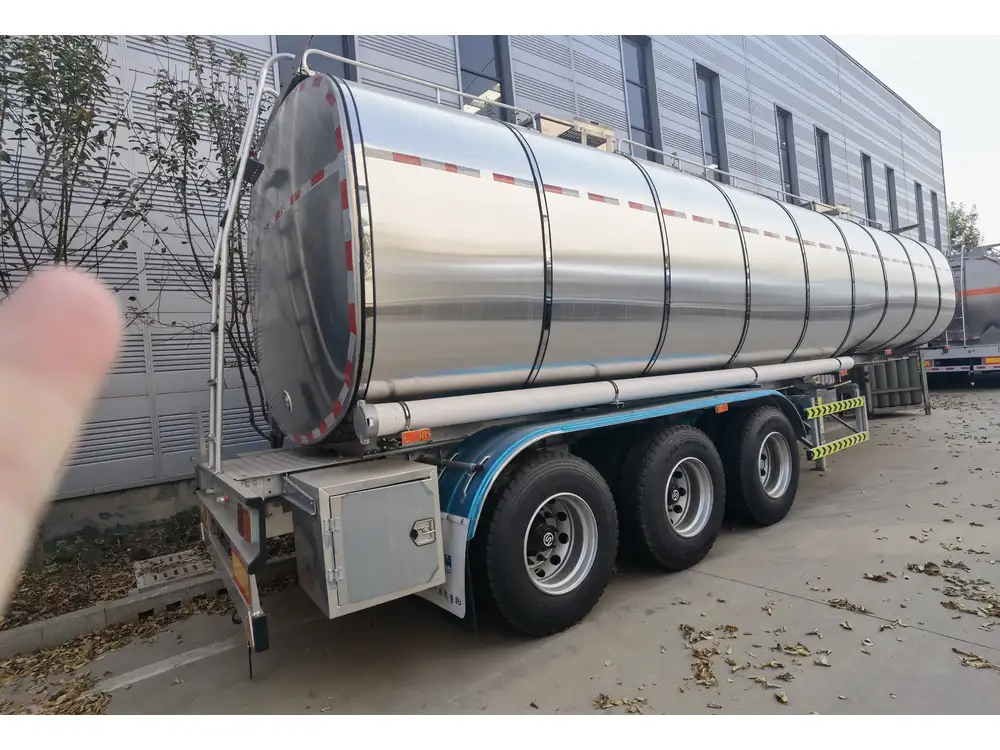In the evolving landscape of waste management, sewage tankers play a crucial role in maintaining sanitation and public health. This article delves into the various aspects of purchasing a sewage tanker, specifically addressing the market in the Congo. We aim to provide comprehensive insights into the factors affecting the price, features to consider, and guidance on making the best investment decision tailored to the needs of waste management operations in this vibrant region.
Understanding the Importance of Sewage Tankers
Sewage tankers are specialized vehicles designed for the transport and disposal of wastewater. They come equipped with various functionalities to ensure efficient collection, transportation, and unloading of sewage. The demand for these vehicles in Congo is growing due to urbanization, increased population density, and the pressing need for effective sanitation solutions.
Key Functions of Sewage Tankers:
- Collection of Waste: Designed to gather waste from designated areas, minimizing the risk of pollution.
- Transportation: Efficiently moves waste to treatment facilities or disposal sites, crucial for maintaining public health.
- Discharge Mechanisms: Various unloading methods make the process safe and quick, ensuring minimal exposure to harmful substances.
Factors Influencing Sewage Tanker Prices
When considering the purchase of sewage tankers, a multitude of factors come into play that can significantly affect pricing. Understanding these can help potential purchasers make informed decisions.

1. Tank Capacity
The capacity of a sewage tanker is one of the most significant determinants of price. Typically measured in liters or gallons, the size of the tanker directly correlates with its loading capability.
| Capacity (Liters) | Estimated Price Range (USD) |
|---|---|
| 5,000 | $15,000 – $20,000 |
| 10,000 | $25,000 – $35,000 |
| 15,000 | $40,000 – $50,000 |
2. Build Quality and Materials
The construction material and overall build quality can influence the price significantly. High-quality materials such as stainless steel or heavy-duty plastic provide durability and can withstand harsh operating conditions. Increased durability typically leads to higher initial costs but may save money over time due to reduced wear and tear.
3. Technological Advancements
Modern sewage tankers often come equipped with advanced technologies such as GPS tracking, automated loading/unloading systems, and real-time monitoring. Investing in technology can enhance operational efficiency but comes at a premium.

4. Regulatory Compliance
Ensuring that sewage tankers meet local and international environmental regulations is paramount. Compliance with standards can add to the cost but is essential for long-term viability and legal operation.
5. Brand and Manufacturer Reputation
Purchasing from reputable manufacturers, such as CarMax Vehicle, can also affect pricing. Established brands often charge more due to their proven quality and after-sales support.
Types of Sewage Tankers Available in the Market
Sewage tankers are available in various configurations and sizes, catering to different operational needs.
Vacuum Tankers
- Utilized for sucking sludge or liquid waste.
- Ideal for urban areas with sewage systems.
Cistern Tankers
- Suitable for transporting larger volumes of liquid waste over long distances.
Combination Tankers
- Dual functionality: can both suck waste and discharge it effectively.

Evaluating Options: New vs. Used Sewage Tankers
When considering purchasing a sewage tanker, buyers often face the dilemma of choosing between new and used vehicles. Each option comes with its own set of advantages and considerations.
New Sewage Tankers
- Benefits:
- State-of-the-art technology
- Full warranties covering repairs
- Customization options available
- Disadvantages:
- Higher upfront costs
- Depreciation begins immediately
Used Sewage Tankers
- Benefits:
- More affordable prices
- Lower depreciation impact
- Disadvantages:
- Potential for hidden issues
- Limited or no warranties available

Making the Purchase: Where to Buy Sewage Tankers in Congo
Navigating the purchasing process for sewage tankers in Congo involves several avenues:
Local Dealers: Engage with dealers who specialize in heavy machinery and sewage transport vehicles to explore options and negotiate prices.
Direct Manufacturers: Companies like CarMax Vehicle offer direct sales, allowing you to purchase vehicles without middlemen, often at lower prices.
Online Platforms: Numerous online marketplaces facilitate the buying and selling of used and new sewage tankers. Conduct thorough research about the seller and the vehicle’s condition before making a purchase.
Financing Your Sewage Tanker Purchase
Understanding the financial implications of acquiring a sewage tanker is crucial. Potential buyers should consider various financing options:
Direct Purchase: Pay the full amount upfront, which might be feasible for established businesses with sufficient capital.
Loans: Seek financing from banks or financial institutions that provide loans specifically for large assets.
Leasing Options: Leasing can reduce upfront costs, allowing companies to manage cash flow more efficiently while utilizing the equipment.
Maintenance and Operational Considerations
Owning a sewage tanker involves ensuring regular maintenance and compliance with operational standards:
- Routine Maintenance: Regular checks on the pump, hoses, and tank integrity are essential to prevent leakage and ensure efficiency.
- Staff Training: Ensuring operators understand how to effectively use the machinery can greatly enhance productivity and safety.

The Future of Sewage Management in the Congo
As urbanization progresses, the demand for efficient sewage management systems continues to grow. Investing in high-quality sewage tankers is not just a business decision but a contribution to public health and environmental sustainability. Companies that proactively engage in modernizing their fleet can improve operational efficiency and compliance with local regulations.
Frequently Asked Questions
1. What is the average cost of a sewage tanker in Congo?
The average cost can vary widely based on capacity and manufacturer, typically ranging from $15,000 to $50,000.
2. Are there financing options for purchasing a sewage tanker in Congo?
Yes, options include direct purchase, loans from banks, and leasing agreements.
3. What should I consider when choosing between new and used sewage tankers?
Consider factors such as budget, maintenance history, warranty options, and the specific needs of your operations.
4. How often should a sewage tanker be maintained?
It is recommended to conduct routine maintenance every six months or according to manufacturer specifications to ensure optimal functioning.













Reviews
There are no reviews yet.